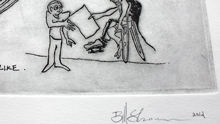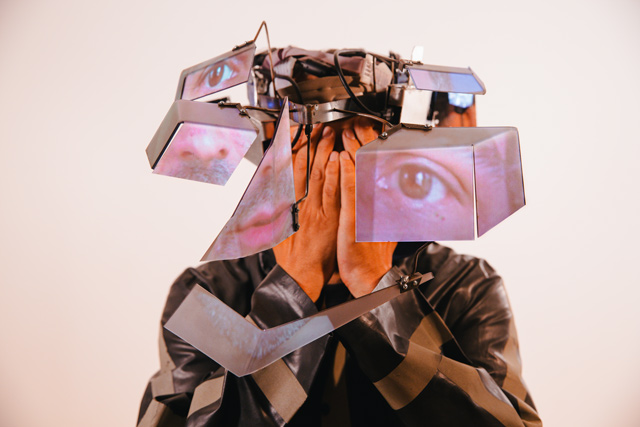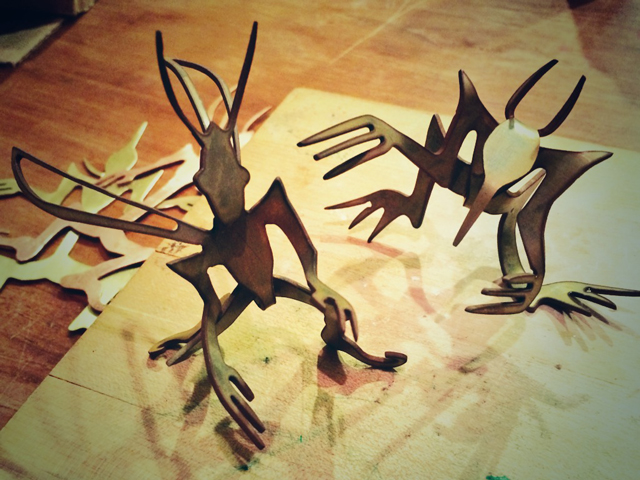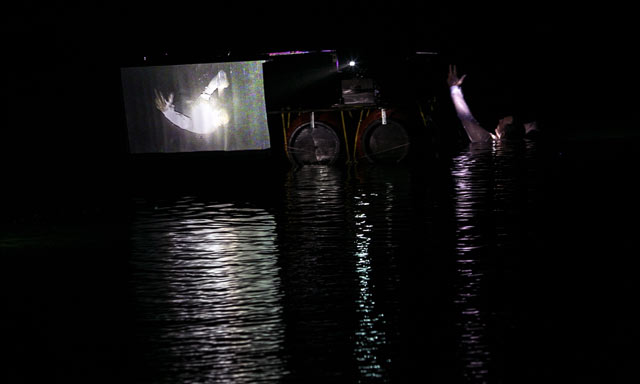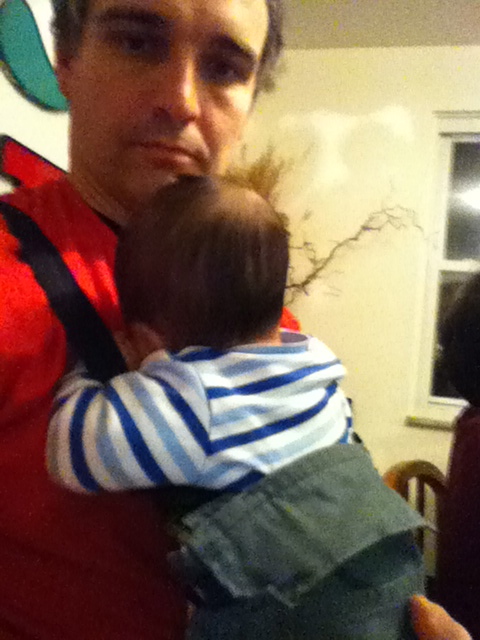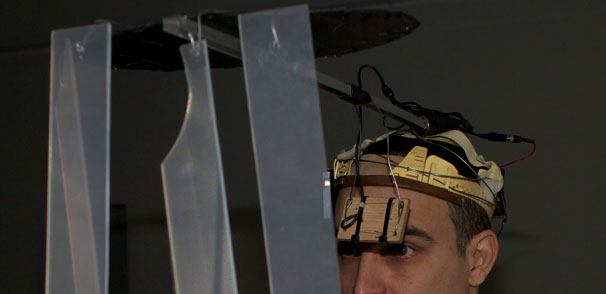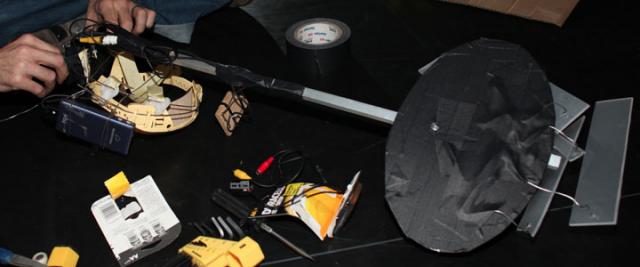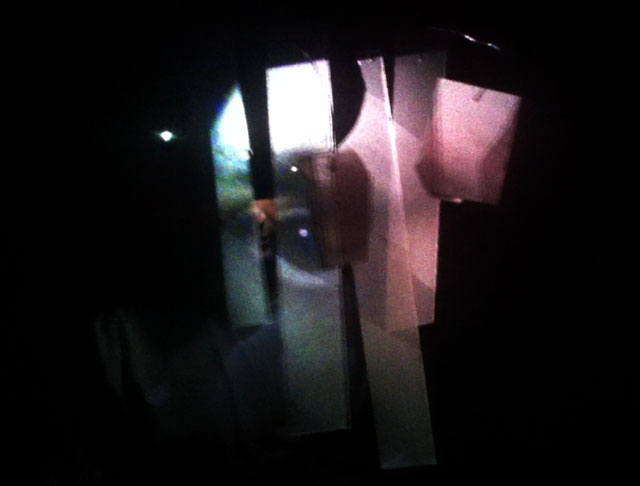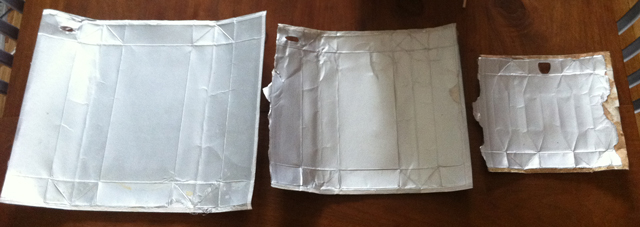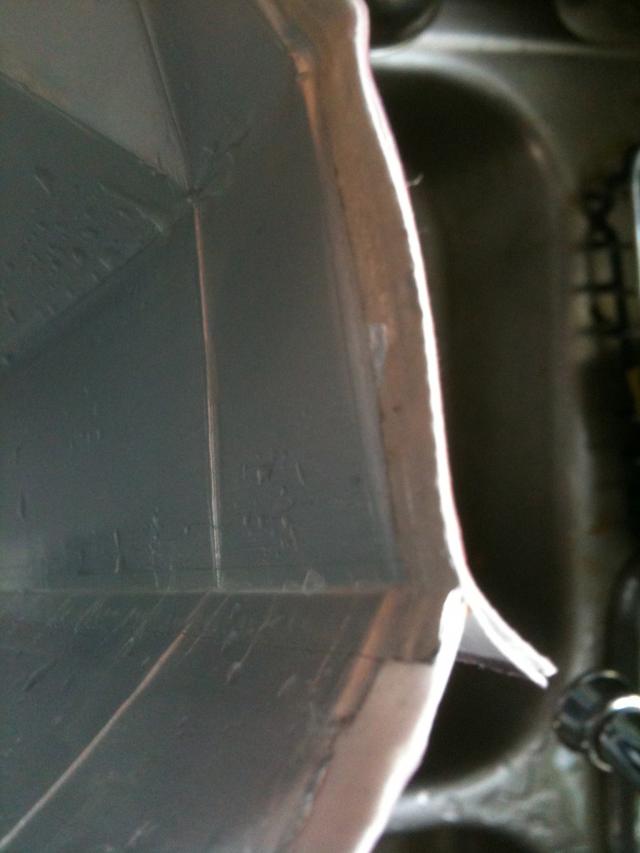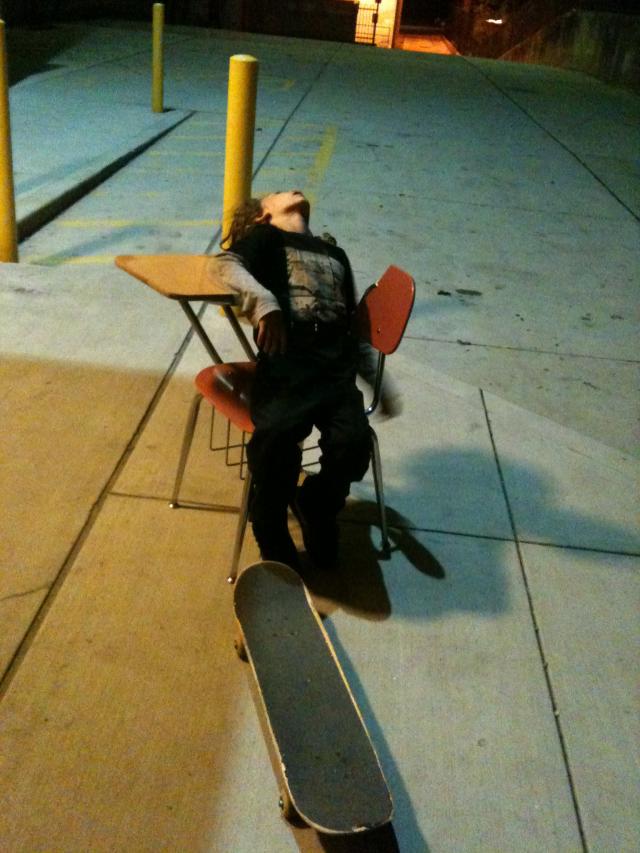TShirts, Stickers, Prints, Art Objects
WhatIsWhat 1.0 2003
Topic “Maker”
I made a Self-Contained Wearable Video-Mapped Mask
ABOVE: Bill Shannon's Wearable Video Mapped Mask Photo. Garrett Jones MadMapper: Neil Henke
In depth interviews with videos and making of images linked below
ProjectionMapping.org http://projection-mapping.org/wearable-projection-mapping-mask/
Vice: The Creators Project
http://thecreatorsproject.vice.com/blog/the-wearable-projection-mapped-m...
Guardian UK http://www.theguardian.com/technology/2015/sep/10/the-man-in-the-digital...
Wrapped an 8 week Solo Exhibition Dec 2013 - FEB 2014
Here is a REVIEW of the full show.
BELOW: playing in the studio in the run up to the opening
"Little Friends" - Bill Shannon 2013 12guage brass plate w/patina cut and formed 3"x2"
MAKER DANCER: Make Video Rig. Perform. Exhibit.
This post is intended to be a roundup of recent activities and not the final word on any of the works here.
ABOVE: "Liquid Light" Site Specific Video and Performance at Long Pond, Wellfleet MA presented as a part of Fleetmoves Dance Festival 2013. photo by Whitney Brown. This work focused on the kinetic nature of the video rig and its placement in a large body of water to allow for a live birdseye view of my continuous circuitous performance in the water for the camera above. I wanted to show and perform the fluidity of my many years of swimming to the audience on the shore. The only sport of my childhood years that was medically approved. "Dancer in Chair" and new street persona after the jump.
EYE of THE BEHOLDER
ABOVE: Here is a quick video of a wearable mobile video prop I made from screen scraps, baling wire, electrical tape, a micro projector and a microcamera. I made this prop to test the viability of a more fleshed out method of fabricating a lighter weight version of my "Invisible Series" that is meant to function in a more mobile-esque manner. Thanks to James Clotfelter on the fabrication assist and Ravish Momin drum sounds.
BELOW: detail of headmount and microcamera
ABOVE: more fabrication details, lots of black gaff to hide any reflections
ABOVE: Video Still
MAKE A TETRAPAK SLEEVE FOR HOT BEVERAGES
ABOVE: I like to drink my tea in a taller glass rather than the traditional tea cup. The glass has no handle yet is very hot. With the insulation quality of the tetrapak I can protect my fingers and retain heat in the glass. Especially good for winter teas and coffees.
The video is pretty self evident but there are some details that are important. Maybe the next time I will narrate but for now I will just write. The video starts with a shot of the tetrapaks soaking in grey water. In this case the water is rain water collected over
Tetrapak Creations 1.1 : Acquisition Processing and Storage
In my haste to post up the step by step of breaking down a tetrapak I skipped over the various phases I have ongoing with my tetrapaks. The easiest way is to process them as they come. Taking on a bulk load or waiting till you have a bulk load is more daunting and might cause your tetrapak dedication to waver. Many restaurants throw these away ten or twenty a day. If your partner is a foodie like mine then there will be no shortage of these amazing little boxes.
ABOVE: three of the most common sizes I encounter. Note that the larger tetrapak on the left was processed later in my tetrapak journey as the edges are clean. The tetrapaks to the right were processed early on and reflect a certain ignorance as to the importance of clean edges.
Processing tetrapaks is not fun but the end result is well worth it. after the jump I show the various states of tetrapaks in my possession
Tetrapak Creations Step 1: The Breakdown
I open and flatten the tetrapaks like this to try and retain clean edges. I try and use grey water to rinse them out first. This slower flattening process serves me well when I use the tetrapaks in my work later on down the line. This 18 image sequential is step one of what I plan to be a six step process to a finished product.
TOOLING UP FOR A HANDMADE ART BENDER
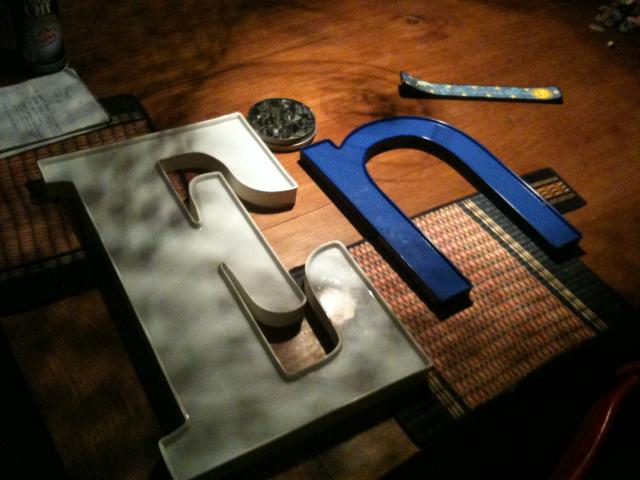
random 2010
I have been taking lots of pictures long before the digital era when I was given a Kodak instamatic rectangular black box. Now with the ability to share it has changed the game for me. In earlier years a contact sheet was printed negatives stored away and that was it. If an image was particularly well done I would give it to my friend who worked at a lab and he would print them 8 by 10 color on the side for free. Each image now is a passing thought whereas before it was a work that earned its right to be printed. I love photography. I am not a photgrapher.
